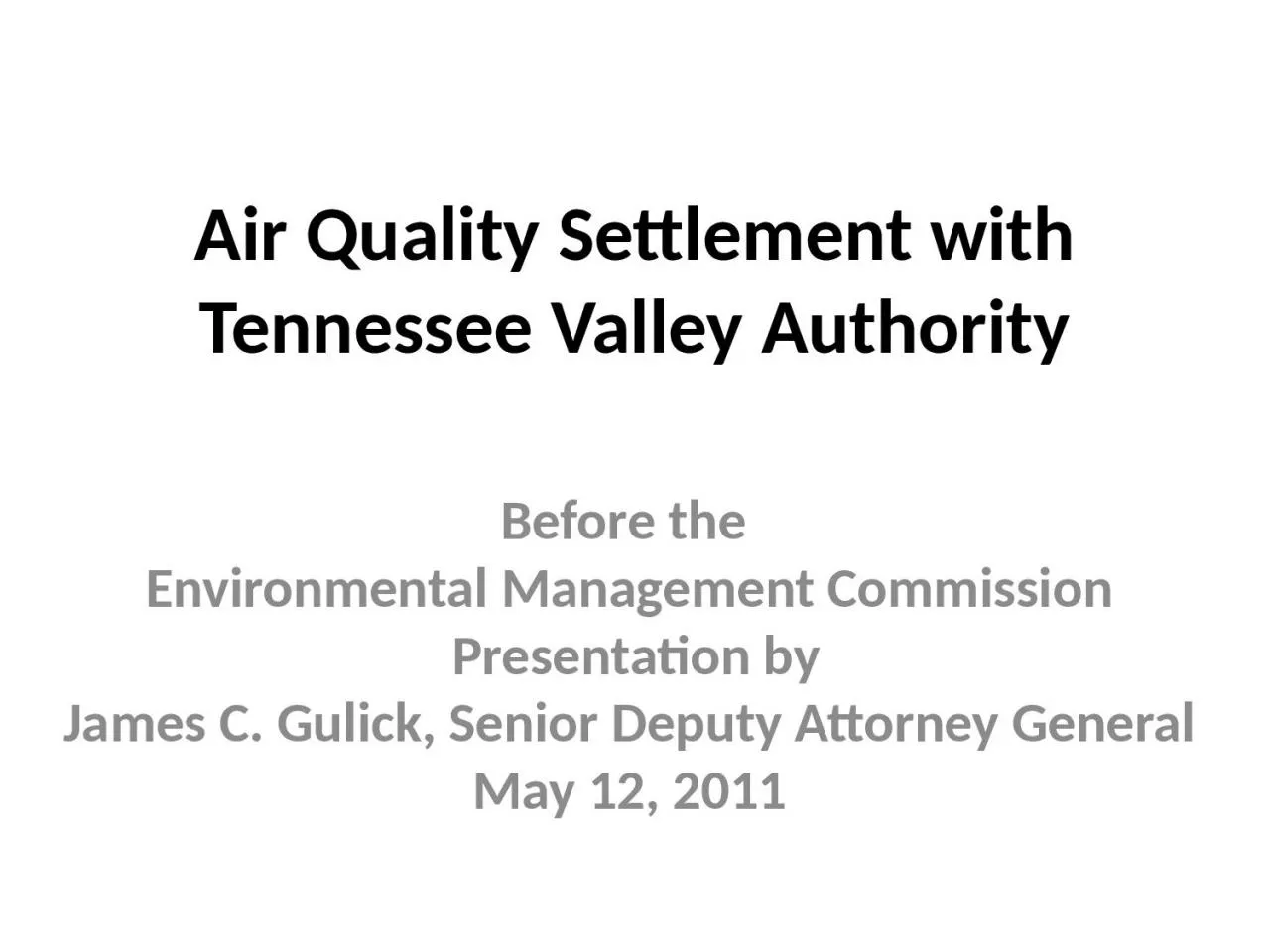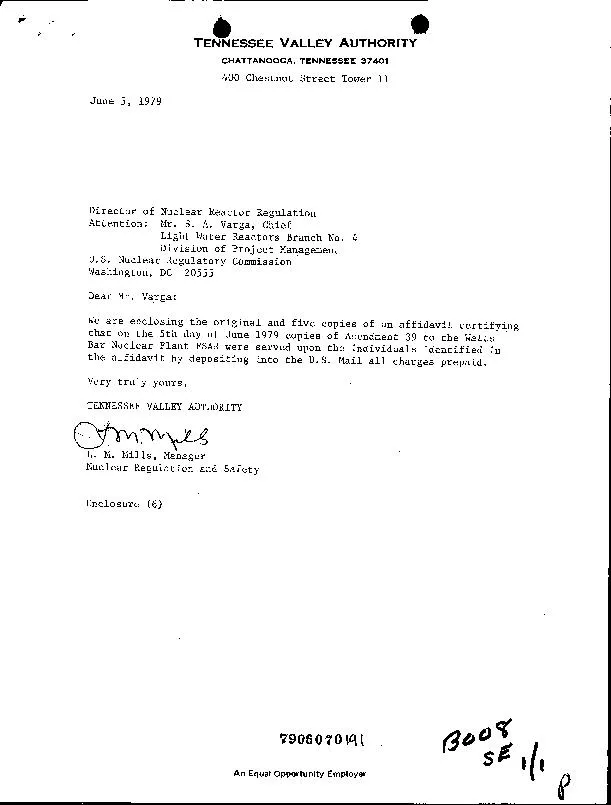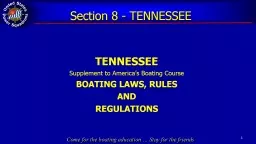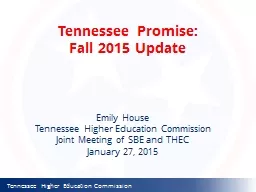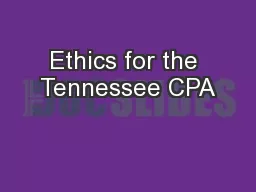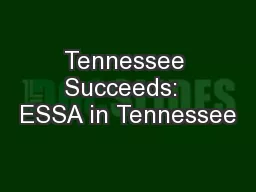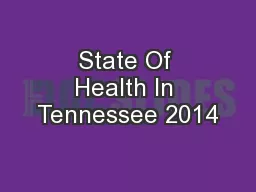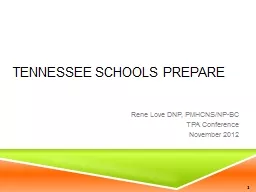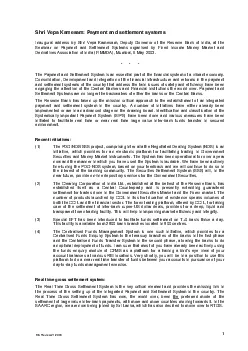PPT-Air Quality Settlement with Tennessee Valley Authority
Author : grace3 | Published Date : 2023-11-17
Before the Environmental Management Commission Presentation by James C Gulick Senior Deputy Attorney General May 12 2011 Agreement Announced April 14 2011
Presentation Embed Code
Download Presentation
Download Presentation The PPT/PDF document "Air Quality Settlement with Tennessee Va..." is the property of its rightful owner. Permission is granted to download and print the materials on this website for personal, non-commercial use only, and to display it on your personal computer provided you do not modify the materials and that you retain all copyright notices contained in the materials. By downloading content from our website, you accept the terms of this agreement.
Air Quality Settlement with Tennessee Valley Authority: Transcript
Download Rules Of Document
"Air Quality Settlement with Tennessee Valley Authority"The content belongs to its owner. You may download and print it for personal use, without modification, and keep all copyright notices. By downloading, you agree to these terms.
Related Documents

